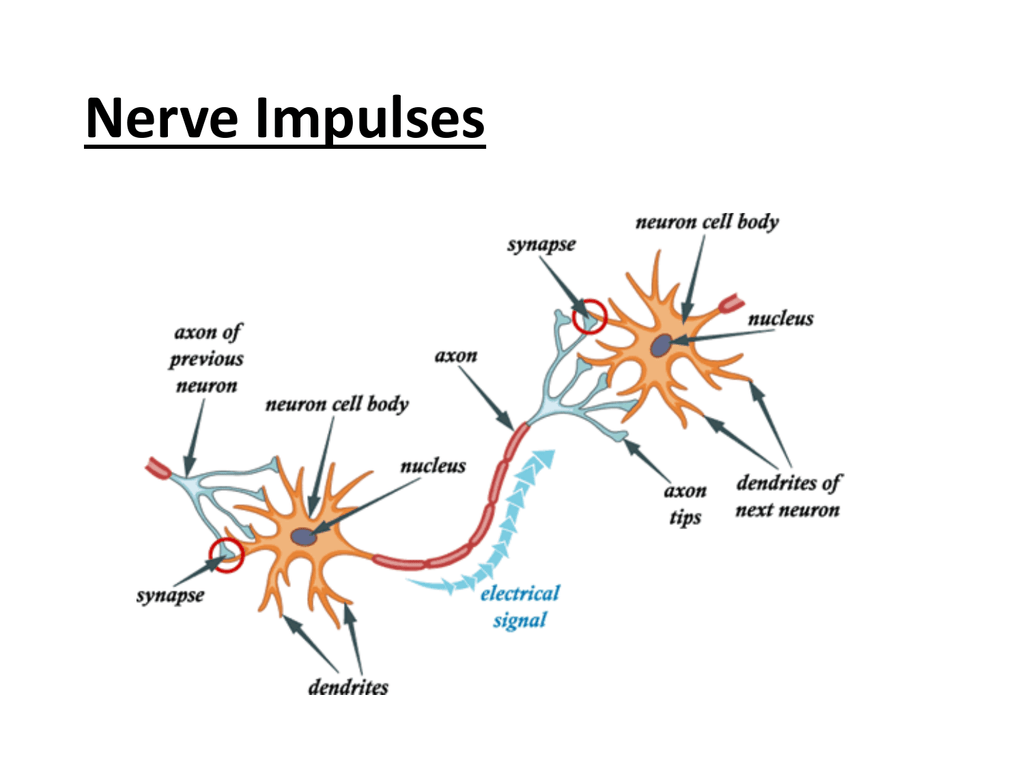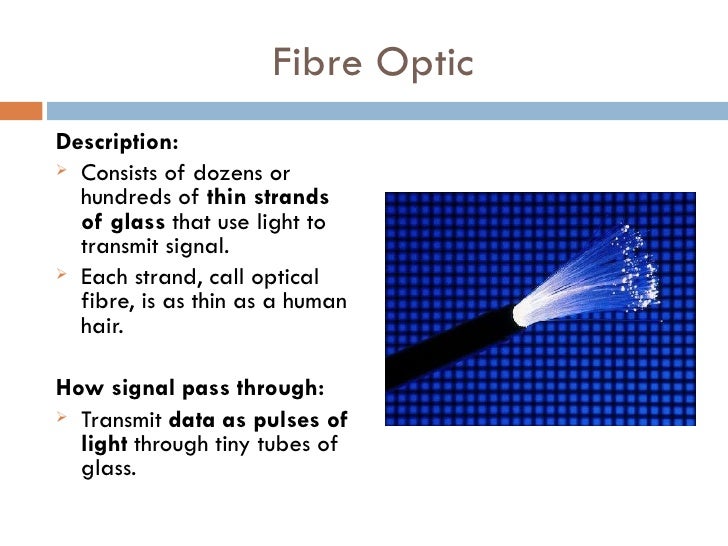
The medial spinothalamic (paleospinothalamic) tract projects to the medial thalamus and is responsible for mediating the autonomic and unpleasant emotional perception of pain. The lateral spinothalamic (neospinothalamic) tract projects mainly to the ventral posterolateral nucleus of the thalamus and carries discriminative aspects of pain, such as location, intensity, and duration. This ascending tract can be divided into lateral and medial. The axons of most of the second order neurons cross the midline at the anterior commisure to the contralateral side of the spinal cord to ascend as the spinothalamic tract ending in the thalamus, reticular formation, nucleus raphe magnus and the periaqueductal gray. Even though the transmission occurs from the peripheral receptor to the brain as one continuous process, for convenience we have divided this into peripheral and central transmission Transmission Central TransmissionĬentral transmission includes transmission and perception whereby the electrical signals are transmitted from the spinal cord to the brain. WDR neurons are most abundant in lamina V.


Differentiation between noxious and innocuous stimuli occurs by a higher frequency of WDR neuron discharge to noxious stimuli. WDR neurons receive both noxious and non-noxious afferent input from Aβ, Aδ and C fibres. Nociceptive-specific neurons serve only noxious stimuli and are arranged somatotopically in lamina I and have a discrete somatic receptive field they are normally silent and respond only to high threshold noxious stimuli. Second-order neurons are either nociceptive-specific or wide dynamic range (WDR) neurons. For this reason the dorsal horn has been called a gate, where pain impulses can be “gated” i.e., modified.

The synaptic junctions between these first order neurons and the dorsal horn cells in the spinal cord are sites of considerable plasticity. Aδ fibres terminate predominantly on neurons in laminas I and V, whereas the dorsal root C fibres terminate in laminas I and II. Both fibre groups end in the dorsal horn of the spinal cord. Aδ fibres are myelinated, 2 – 5 µm in diameter and conduct at rates of 12 – 30 m/s, whereas C fibres are unmyelinated, 0.4 – 1.2 µm in diameter and conduct at rates of 0.5 to 2 m/s. The presence of two pain pathways explains the existence of two components of pain: fast, sharp and well localized sensation (first pain) which is conducted by Aδ fibres and a duller slower onset and often poorly localized sensation (second pain) which is conducted by C fibres. Pain impulses are transmitted by two fibre systems. Another receptor, VRL-1, which responds to temperatures above 50 ☌ but not to capsaicin, has been isolated from C fibres. The last are most prevalent and respond to excessive pressure, extremes of temperatures (>42 ☌ and 43 ☌. Several types are described: 1) mechanoreceptors, which respond to pinch and pinprick, 2) silent nociceptors, which respond only in the presence of inflammation, and 3) polymodal mechanoheat nociceptors.
#TRANSMIT DEFINITION PHYSIOLOGY FREE#
Most nociceptors are free nerve endings that sense heat, mechanical and chemical tissue damage. The primary sensory structure that accomplishes transduction is the nociceptor. Peripheral transmission of pain consists production of electrical signals at the pain nerve endings ( Transduction) followed by propagation of those signals through the peripheral nervous system (Transmission). The term “nociception” (Latin – noci = harm or injury) is used only to describe the neural response to traumatic or noxious stimuli. Pain is defined by the International Association for the Study of Pain (IASP) as “ an unpleasant sensory and emotional experience associated with actual or potential tissue damage or described in terms of such damage.” Thus pain has objective, physiologic sensory aspects as well as subjective emotional and psychological components. Common pathway involves intracellular calcium concentration.It is either inhibitory or facilitatory.It begins at the dorsal horn of spinal cord.Lateral spinothalamic tract carries discriminative aspect of pain.



 0 kommentar(er)
0 kommentar(er)
